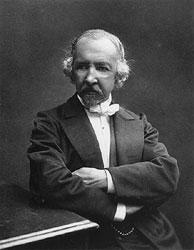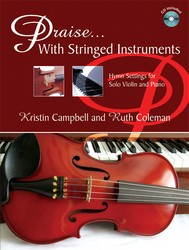TTT-Himnaro Cigneta #87
Display Title: Di', la Sinjor', estas reĝ' en potenco kaj gloro First Line: Di', la Sinjor', estas reĝ' en potenco kaj gloro Tune Title: LOBE DEN HERREN Author: Joachim Neander; Magda Carlsson; Z. Topelius Scripture: Psalm 106:1 Subject: Wisdom and Goodness of God | Source: Evangelia Kantaro #2
TTT-Himnaro Cigneta #87


 My Starred Hymns
My Starred Hymns










